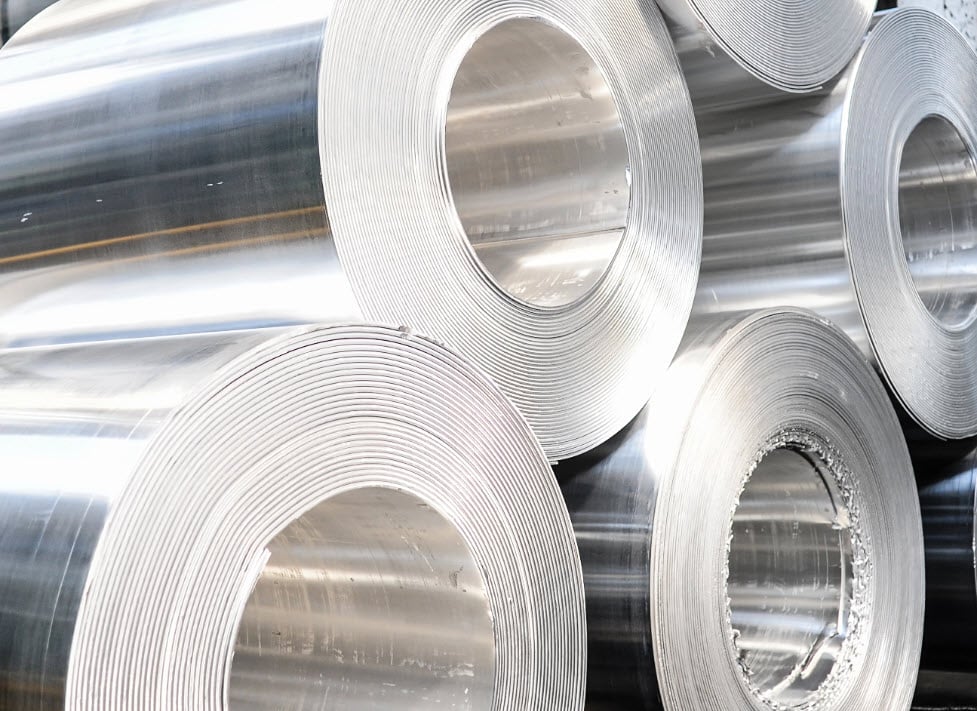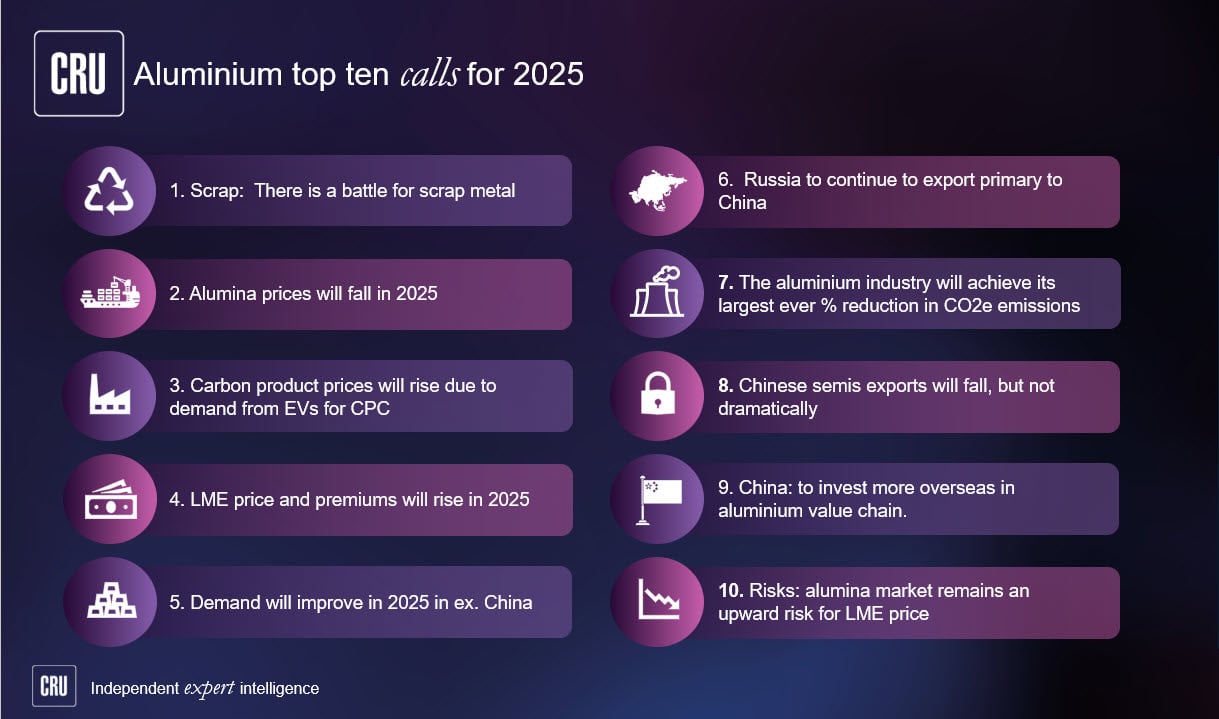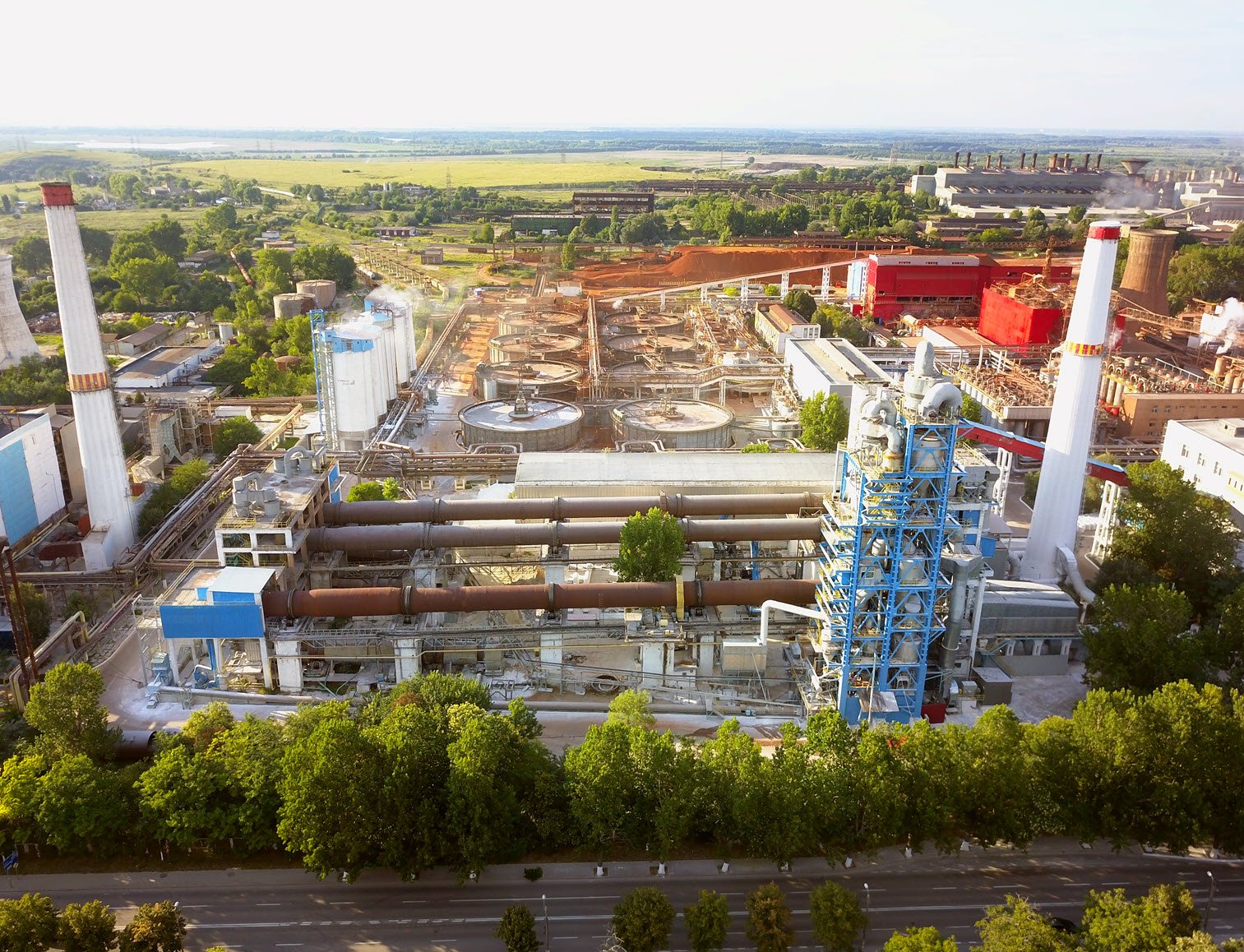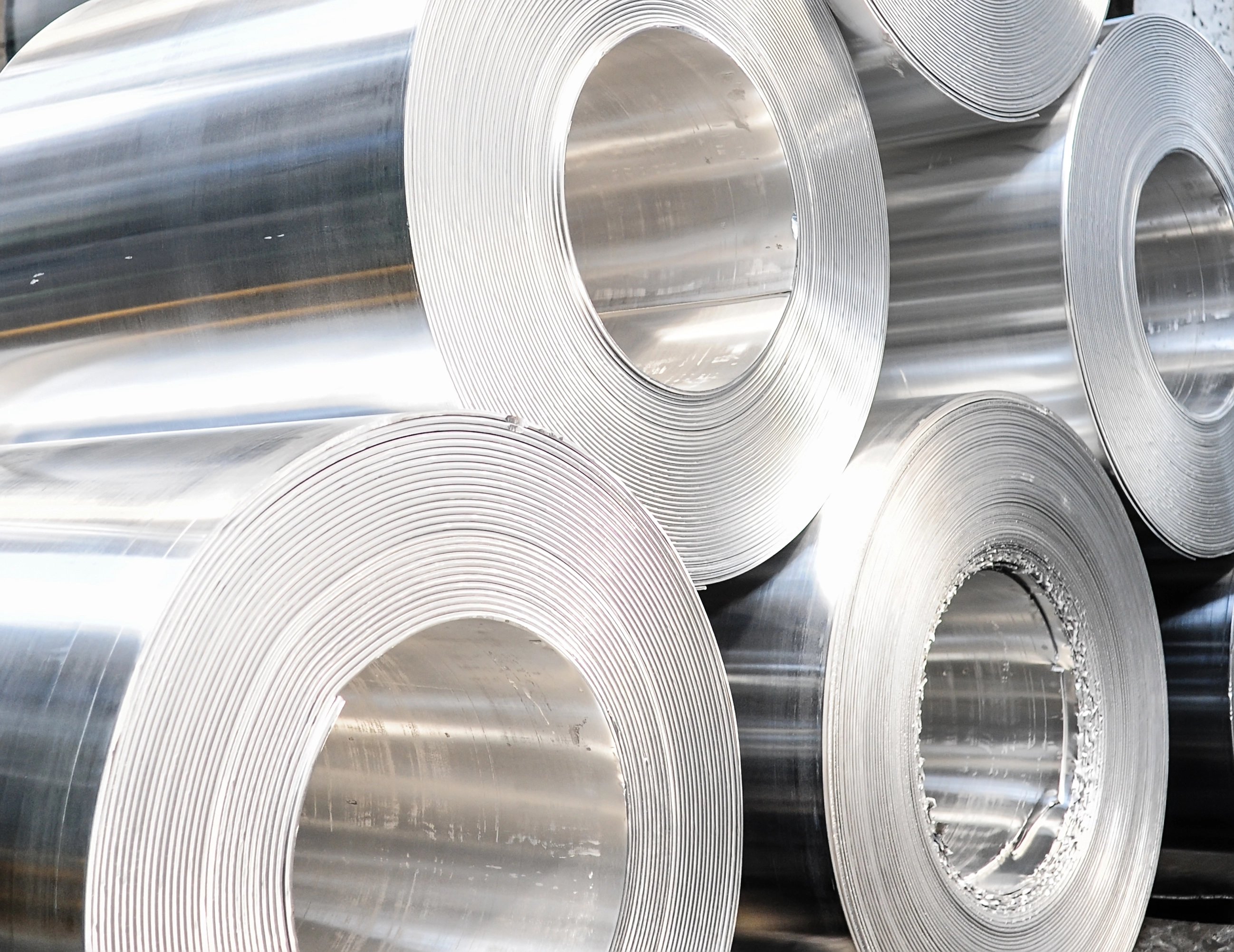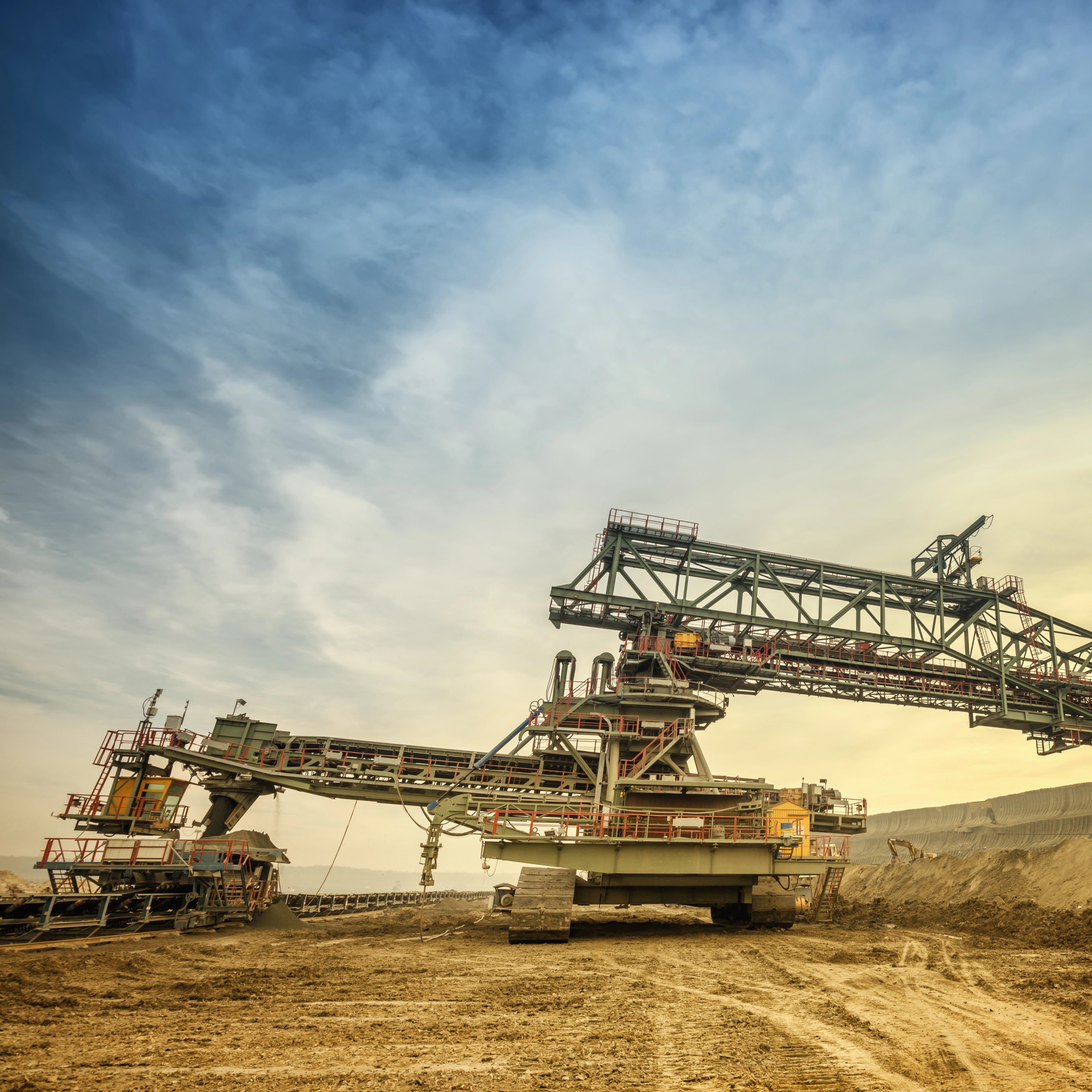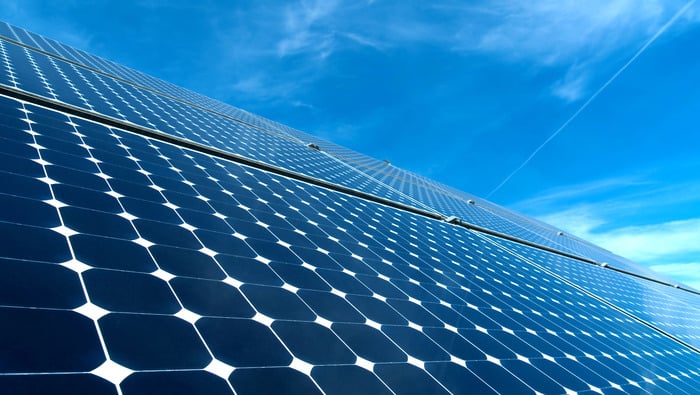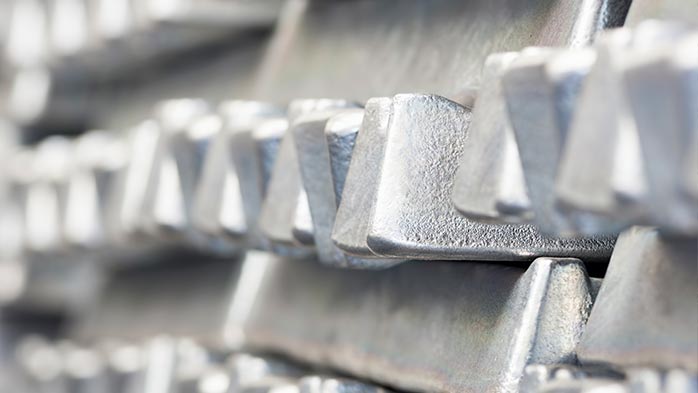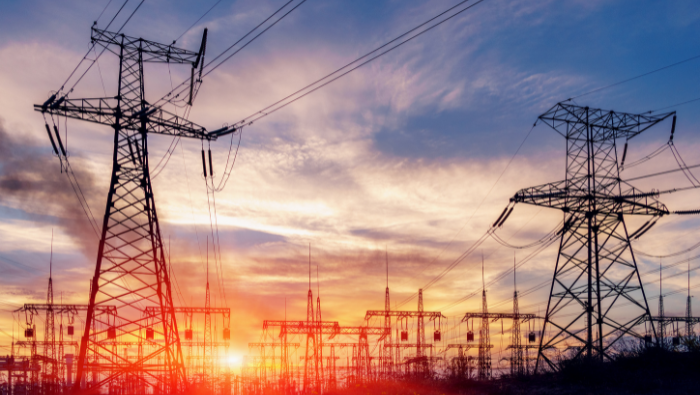The second session of the 13th National People's Congress (NPC) and the National Committee of the Chinese People's Political Consultative Conference (CPPCC) opened in Beijing on 5 March 2019.
CRU’s Economics team has written an Insight on what occurred and what it means for the macroeconomy - National People’s Congress 2019: The year of lower growth and modest stimulus.
As the Economics Insight discusses manufacturing sector VAT rates reduced from 16% in 2018 to 13% in 2019. And transport and construction sector VAT rates are reduced from 10% in 2018 to 9% in 2018. As the Economics Insight also discusses the government has also pledged to step up efforts to support small enterprises. The support measures include a cut in the required reserve ratio (RRR) for small enterprises. as well as a 30% growth target of loans to small enterprises by the large national banks.
This follows on from VAT cuts that occurred in 2018. In May 2018, the VAT rate was lowered from 17% to 16% for manufacturing and some other industries, and from 11% to 10% for transportation, construction, basic telecommunication services and farm produce. Currently, China's VAT has three categories – 16% (covering most manufacturing sectors), 10% (basic goods and services), and 6% (higher value-added services, like finance industry).
China's plan to further tax reduction this year has been generally welcomed by commodity markets including aluminium, as the manufacturers have the potential to improve their profitability by paying less for their raw material, or for other inputs into their production process.
Current tax revenue structure in China
VAT has become the largest single tax revenue for China since 1993. After the Chinese government nationally replaced business tax with VAT in May 2016, the proportion of VAT in total tax revenue has significantly increased, which climbed to 39.1% in 2017. The sum of VAT and corporate income tax accounted for 61.3% of China’s total tax revenue in 2017. The total tax revenue in 2018 increased to 15,640.1billion RMB. However, the growth rate decreased to 8.3% y/y from 10.7% y/y in 2017, which was partly driven by the tax reduction policies in 2018.
Will aluminium producers benefit from the VAT cuts?
Different from massive credit stimulus, currently the Chinese government relies more on easing fiscal policy. The new approach is more favourable to the private aluminium companies in China compared to the previous credit stimulus that favoured the large aluminium SOE companies.
After the announcement of further VAT cuts, the trade volume significantly increased in the SHFE market and main commodities shifted into backwardation, including aluminium, similar to what happened last May. This means that spot cash prices are higher than future dated prices, and investors expect the VAT cuts when implemented will lower aluminium prices in the future. This price cut is expected to then pass through to downstream plants. However, it doesn’t mean that aluminium producers will lose more money, because raw materials’ prices are expected to decrease as well. CRU expects Chinese aluminium companies could improve their profitability, however due to the supply side reform policy, a huge investment in aluminium smelter projects in the domestic market will not happen.
In terms of timing nothing is yet certain as the Chinese government is still to announce the date and implement the new VAT rates. In 2018, the Chinese government adjusted VAT rebate rates for some goods in September and November, respectively. Currently VAT rebate has five categories, 16%, 13%, 10%, 6% and 0%.
The key question will be whether these VAT reductions will impact export levels for aluminium semis and aluminium finished products? Based on the experience of 2018, it is possible that the Chinese government may incorporate some adjusted VAT rebate categories while new VAT rates are being implemented. While nothing has been fully determined yet CRU expects that aluminium products that enjoy 16% VAT rebate rate will retain the full VAT rebate which will be 13% in the future. Products with 13% VAT rebate rate at present may therefore receive a full VAT rebate once the VAT rate is lowered to 13%. Chinese aluminium manufacturers and exporters will benefit from any increase in VAT rebate rates as it increases the incentive to export.





